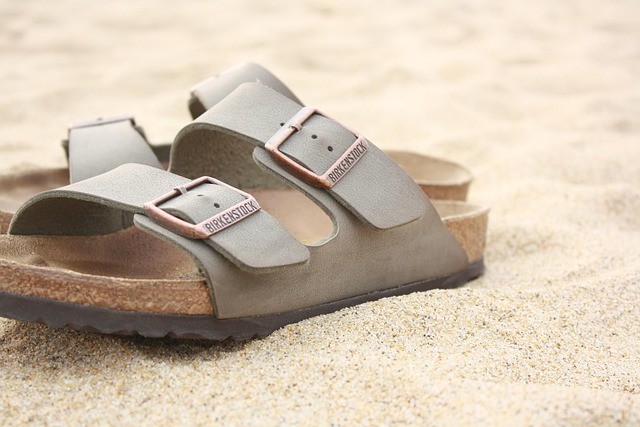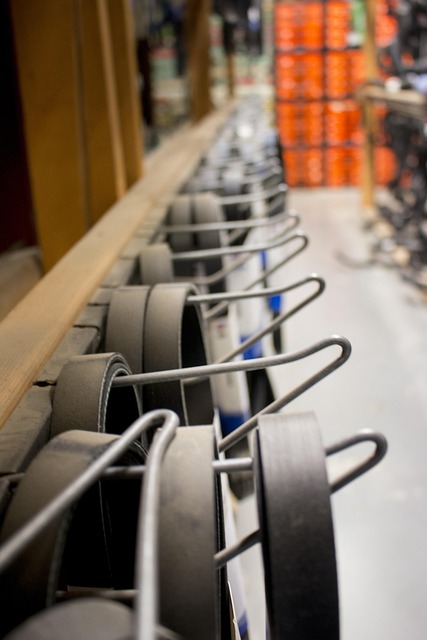14‑ft Aluminum Fishing Boat — Practical Guide to Specs, Use, and Care
A 14‑ft aluminum fishing boat is a lightweight, versatile platform that suits lakes, slow rivers, and sheltered coastal waters on calm days. This guide explains what to look for in specifications and hull design, how these boats perform for typical fishing styles, practical pros and cons, the accessories that add real utility, and simple maintenance and safety routines to keep your rig dependable for seasons to come.

A 14‑ft aluminum fishing boat hits a practical sweet spot for anglers who want easy trailering, shallow‑water access, and low ownership costs without sacrificing basic stability and deck space. Light enough to launch at modest ramps or riverbanks yet sturdy enough for day trips, these boats excel at panfish, bass, and trout tactics and can be configured with simple gear or modest electronics. Understanding hull style, load capacity, and power limits will help you match a boat to your waters and fishing style, while routine care and sensible safety practices keep it reliable in a wide range of conditions.
Key specifications and hull design
Most 14‑ft aluminums weigh roughly 90–180 kg (200–400 lb) bare hull, with beams commonly 1.5–1.8 m (60–72 in). Maximum capacity typically ranges from 360–545 kg (800–1,200 lb), including people, motor, and gear. Horsepower ratings are usually 9.9–25 hp, with 15–20 hp common for all‑around use. Two primary hull types dominate: V‑hulls and flat‑bottom jon boats. V‑hulls offer better handling in light chop, improved tracking, and a drier ride. Flat‑bottom jons prioritize shallow draft, initial stability at rest, and simplicity. Hull construction may be riveted or welded; riveted hulls are often lighter and cost less, while welded hulls can feel more rigid. Pay attention to deadrise angle (more deadrise softens the ride) and bottom width (wider bottoms add stability for standing and casting).
Typical fishing uses and on‑water performance
A 14‑footer is well suited to lakes, reservoirs, and slow to moderate rivers, and it can manage sheltered coastal inlets on calm days with conservative judgment. With a 15–20 hp outboard, many rigs plane quickly and cruise in the mid‑teens to low‑20s mph (24–36 km/h), sufficient for hopping between spots. Anglers commonly target bluegill, crappie, perch, trout, and bass, with room for two adults to fish comfortably and a third when loads are light. A bow‑mount trolling motor enhances boat control for finesse techniques, and a small sonar unit helps locate structure and bait. In wind and steep chop, keep speeds conservative; the short waterline and low freeboard can lead to a wet ride if pushed. Trim, weight distribution, and throttling back are your friends when conditions stiffen.
Pros and cons versus other small boats
Compared with fiberglass skiffs of similar length, aluminum boats are lighter to tow, easier to launch with compact vehicles, and generally more forgiving to store outdoors. Against inflatables and RIBs, aluminum offers puncture resistance, straightforward rigging for accessories, and better heat tolerance on hot ramps. Versus kayaks and canoes, a 14‑ft aluminum provides greater range, speed under power, and carrying capacity for coolers, tackle, and multiple rods. Trade‑offs include a harsher ride than heavier fiberglass in chop, more hull noise if gear is dropped on the deck, and potential corrosion in saltwater without diligent rinsing and anodes. Compared with a 16‑ft aluminum, you give up some load capacity, interior space, and rough‑water comfort, but you gain lower weight, simpler storage, and easier handling at tight ramps.
Essential accessories and recommended setup
Start with core safety equipment: properly sized personal flotation devices for every person aboard, throwable flotation, a whistle or horn, navigation lights where required, and a basic first‑aid kit. For fishing utility, a 30–55 lb‑thrust bow‑mount trolling motor with a deep‑cycle battery gives precise boat control; pair it with a compact 4–7 in fish finder. Add two to four rod holders, a compact anchor with 30–50 m of line, and a small dry box for documents and tools. Simple storage bins or milk crates keep tackle organized without adding weight. If you fish sunny climates, a bimini or sunshade improves comfort. For trailering, transom‑saver support, quality tie‑down straps, and a spare wheel are sensible. Choose non‑slip deck mats or EVA foam for quiet footing, and consider LED courtesy lights for predawn rigging.
Maintenance, transport and safety tips
Rinse the hull, motor, and trailer with fresh water after each trip, especially if you boat in brackish or saltwater. Inspect rivets or welds periodically, looking for weeping seams, and tighten loose hardware. Keep the transom drain plug on a lanyard so it is never misplaced. Maintain the outboard per the manual: change gear oil annually, monitor impeller condition, and stabilize fuel during storage. On the trailer, check tire pressure, lights, and wheel bearings; replace worn straps. For transport, balance the load, keep heavier items low and centered, and use a bow strap plus transom tie‑downs. On the water, wear PFDs, watch weather trends, respect capacity plates, and favor conservative decisions in wind, current, or afternoon squalls. Local services in your area can assist with registration, inspections, and periodic maintenance.
A note on real‑world pricing and comparisons: costs vary by region, dealer incentives, taxes, currency, and equipment. Hull‑only 14‑ft aluminum boats often range from roughly 1,700 to 5,500 USD equivalent, while complete packages with a 9.9–20 hp outboard, trailer, battery, and basic electronics commonly fall between about 6,000 and 15,000 USD. Used values depend on condition, age, and motor hours. The examples below are representative models; verify current specifications and pricing with manufacturers and dealers.
| Product/Service Name | Provider | Key Features | Cost Estimation |
|---|---|---|---|
| WC 14 | Lund | V‑hull utility, 3 benches, max around 25 hp | Hull: 3,500–5,500 USD; Typical package: 9,000–15,000 USD |
| V14 | Alumacraft | V‑hull, lightweight, max around 20 hp | Hull: 3,000–5,000 USD; Typical package: 8,000–13,000 USD |
| Topper 1436 | Tracker | Flat‑bottom jon, simple and light | Hull: 1,700–2,500 USD; Typical package: 6,000–10,000 USD |
| L1448 Jon | Lowe | 48‑in bottom width, stable fishing platform | Hull: 2,500–3,800 USD; Typical package: 7,500–12,000 USD |
| 1460 Retriever Jon | Crestliner | Rugged jon style, wide footprint | Hull: 3,000–4,500 USD; Typical package: 8,500–13,500 USD |
Prices, rates, or cost estimates mentioned in this article are based on the latest available information but may change over time. Independent research is advised before making financial decisions.
Conclusion: A 14‑ft aluminum fishing boat rewards owners who value simplicity, efficiency, and access to waters that bigger rigs overlook. Match hull type and horsepower to your conditions, rig thoughtfully with a few proven accessories, and maintain the boat, motor, and trailer with regular, light‑touch care. With sensible limits and good safety habits, it is a dependable platform for productive days on the water.




